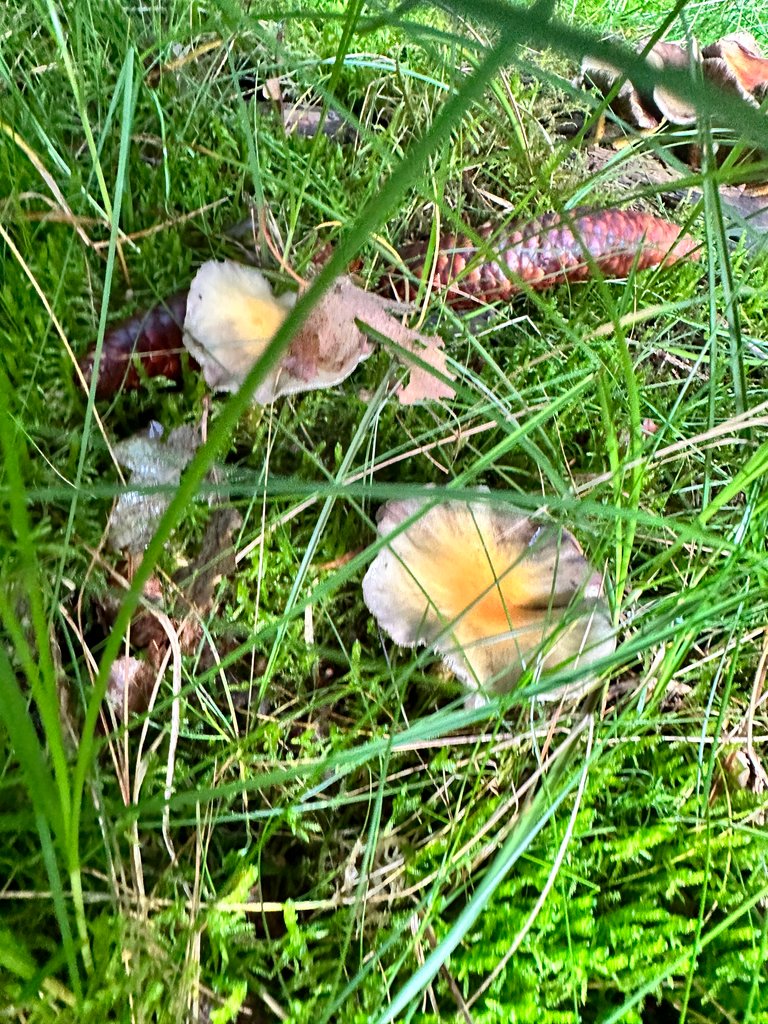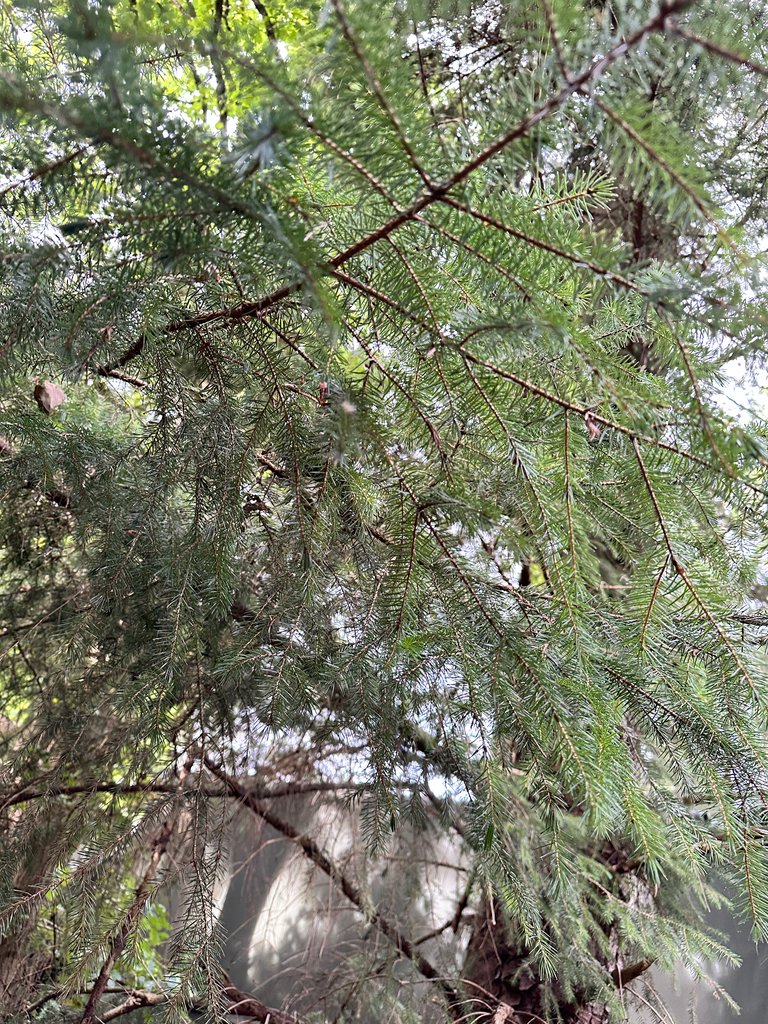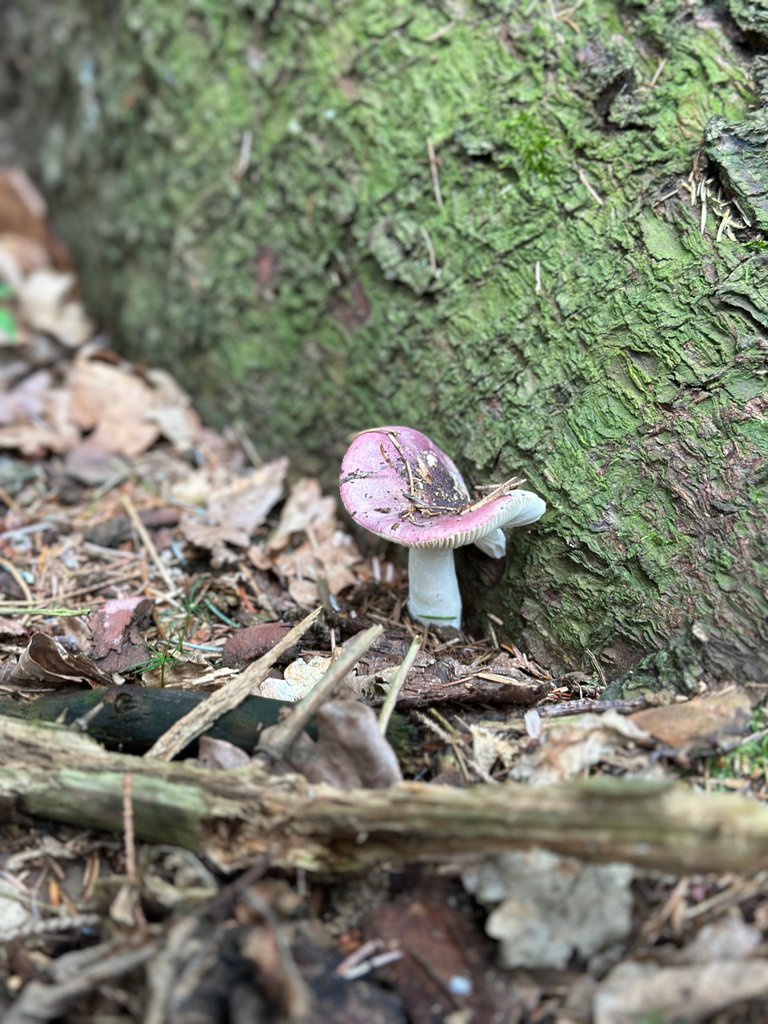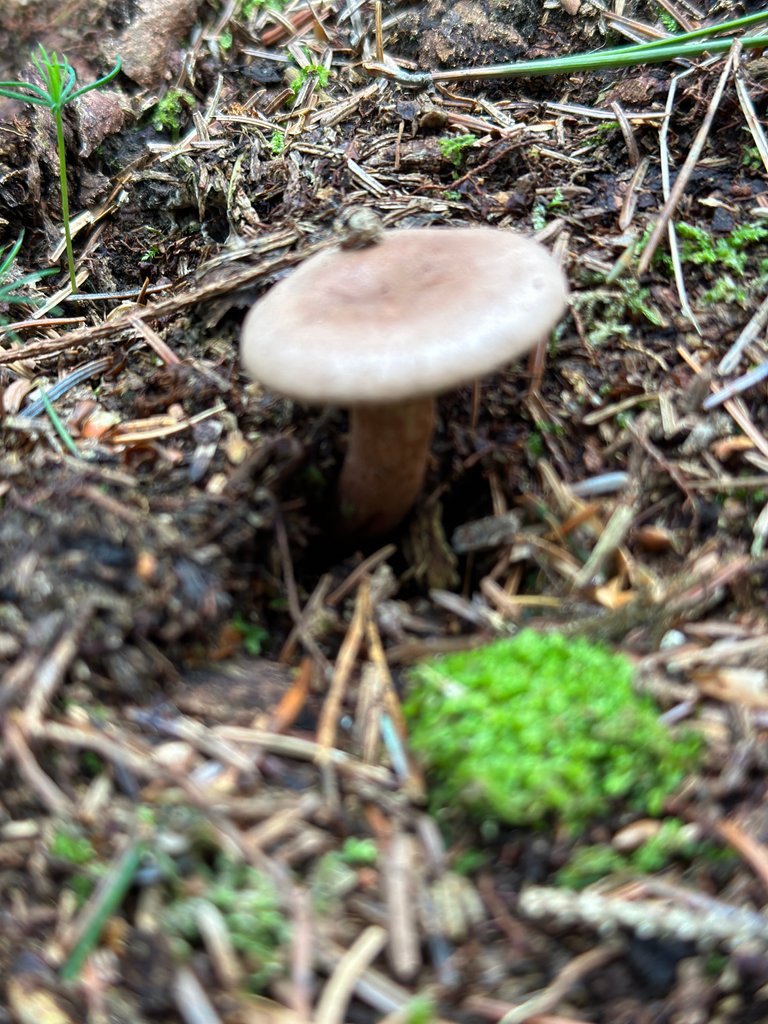Wonders of the Forest Wunder des Waldes
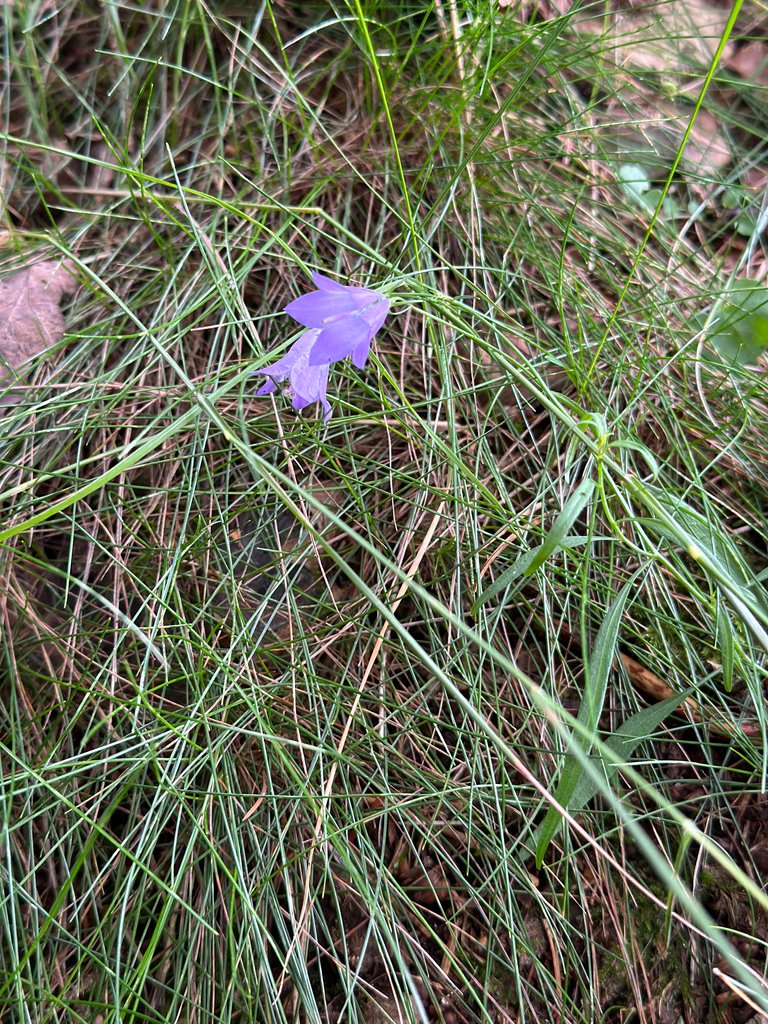
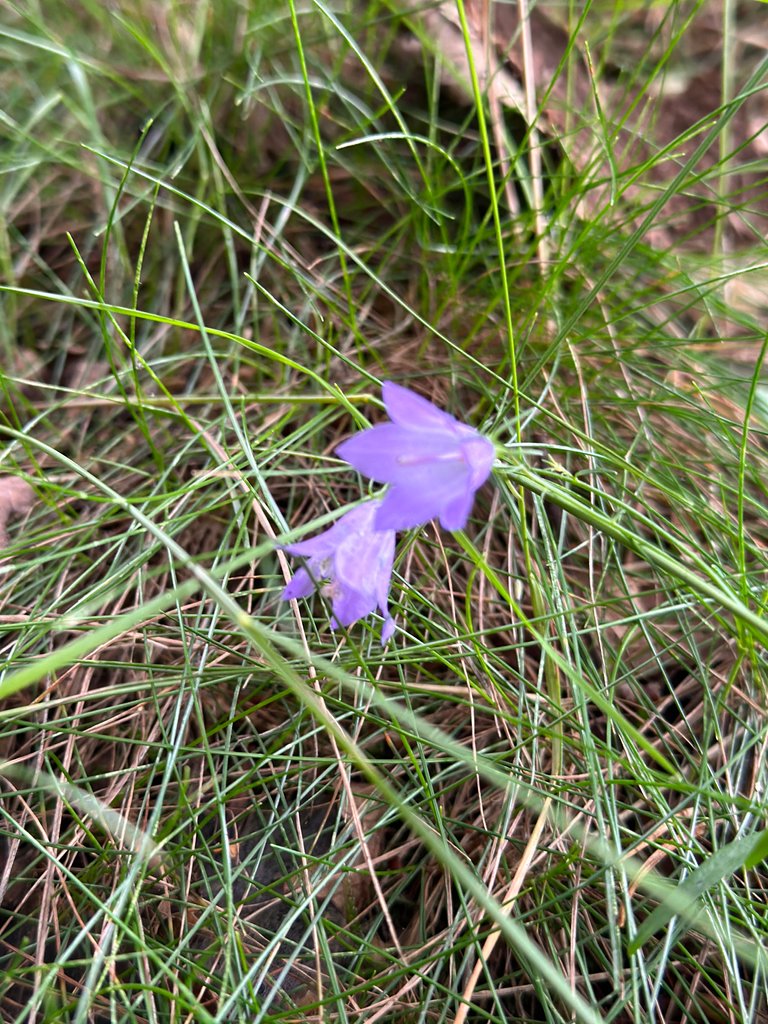
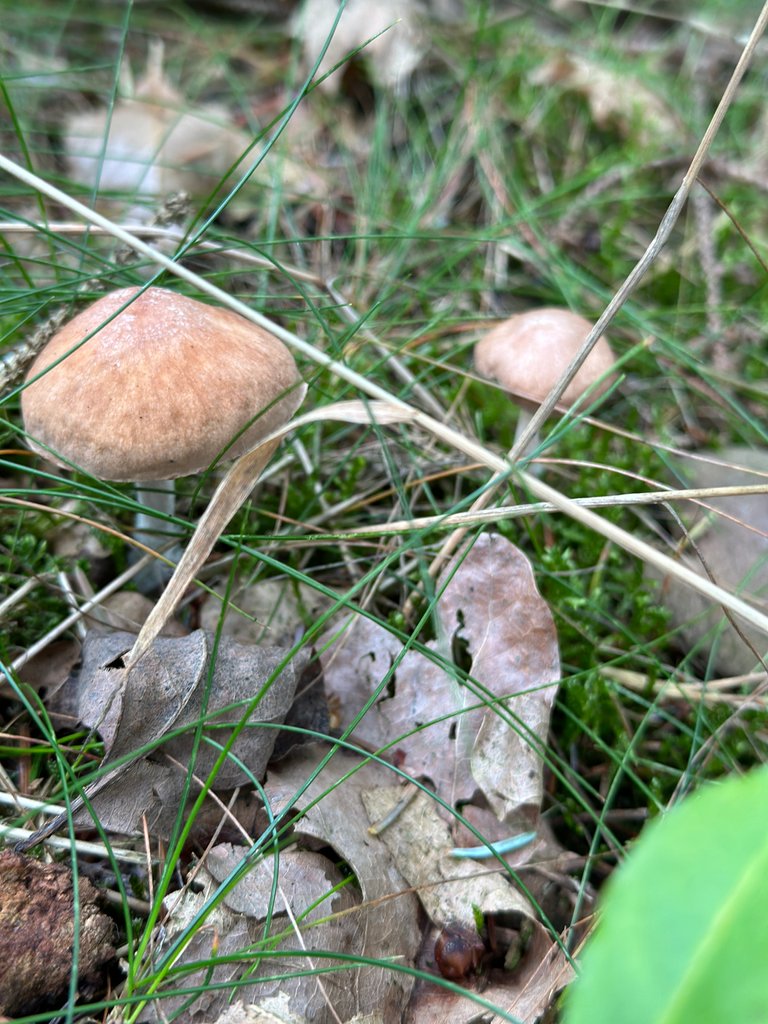
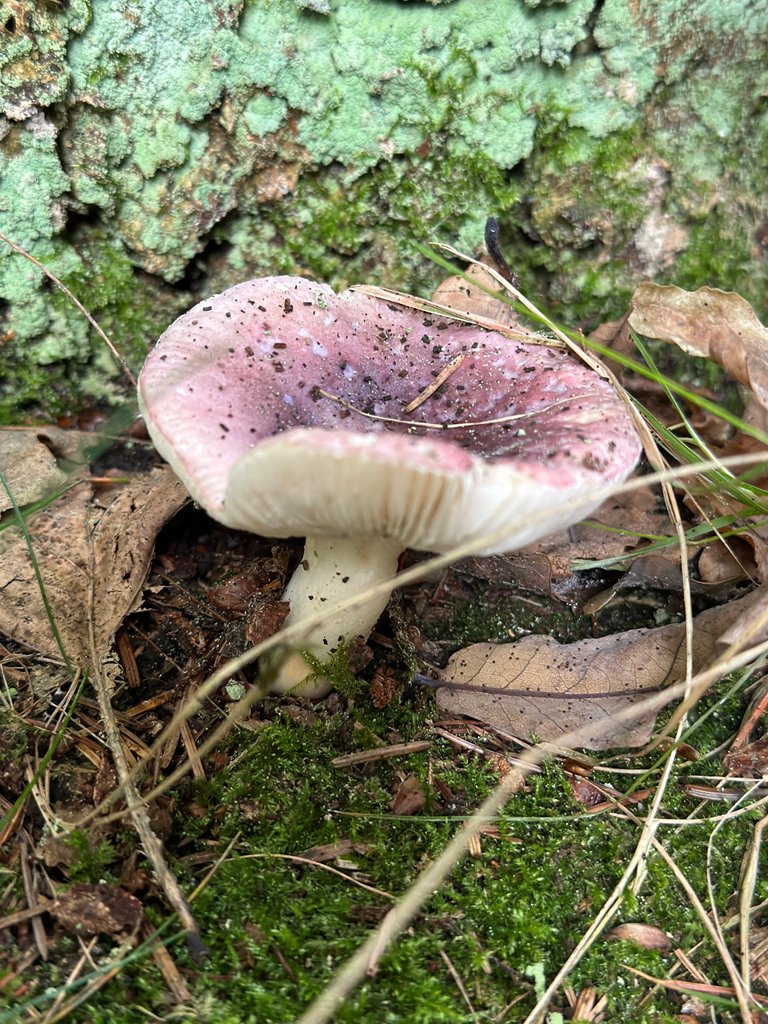
#Deutsch
In einem Wald gibt es eine Vielzahl von Pflanzen und Pilzen, die man entdecken kann. Wälder sind ein erstaunliches Ökosystem, in dem viele verschiedene Blüh- und Grünpflanzen (und auch Tiere) heimisch sind. Die Bäume im Wald werden als Bauholz für Häuser und Möbel oder als Brennholz genutzt, aber es gibt auch viele andere Pflanzen und Pilze, die man entdecken kann.
Die Bodenschicht des Waldes bildet das Erdgeschoss. Hier wachsen vor allem Flechten, Moose und Pilze. Zu den Pilzen, die man im Wald finden kann, gehören der Fliegenpilz (Amanita muscaria), der Knollenblätterpilz (Amanita phalloides), der Maronenröhrling (Boletus badius), der Pfifferling (Cantharellus cibarius), der Steinpilz (Boletus edulis) und der Waldchampignon (Agaricus silvaticus). Es ist jedoch wichtig zu beachten, dass man nur Pilze sammeln sollte, die man wirklich gut kennt, da viele essbare Sorten ein ungenießbares oder gar giftiges Pendant haben.
Die Krautschicht des Waldes bildet den ersten Stock mit zahlreichen Pflanzenarten. Hier findet man Kräuter, Gräser, Farne und Blühpflanzen. Sehr artenreich ist die Strauchschicht, das zweite Stockwerk, mit einer Höhe bis etwa fünf Meter. Die Baumschicht bildet das Dachgeschoss. Hier findet man Bäume wie Eichen, Buchen und Fichten.
Einige Pflanzenarten, die im Wald wachsen, sind die Elfenblume oder Sockenblume (Epimedium) und die Gewöhnliche Haselwurz oder Hexenrauch (Asarum europaeum). Es gibt jedoch noch viele weitere Pflanzenarten im Wald zu entdecken.
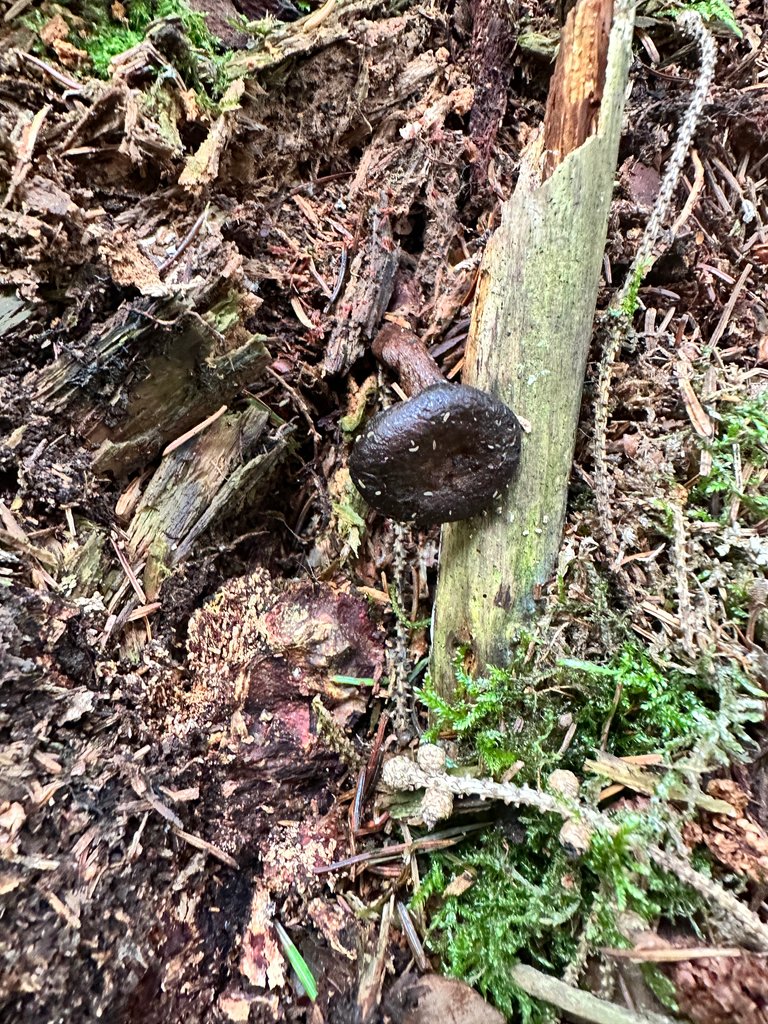
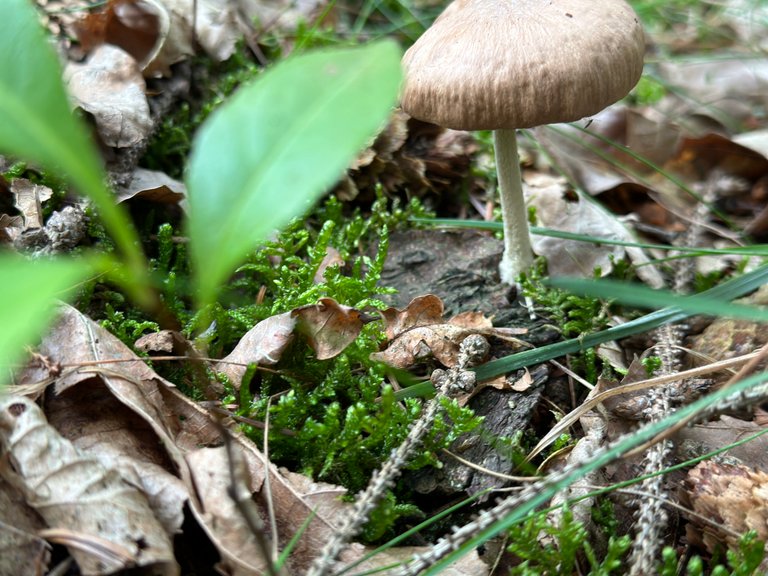
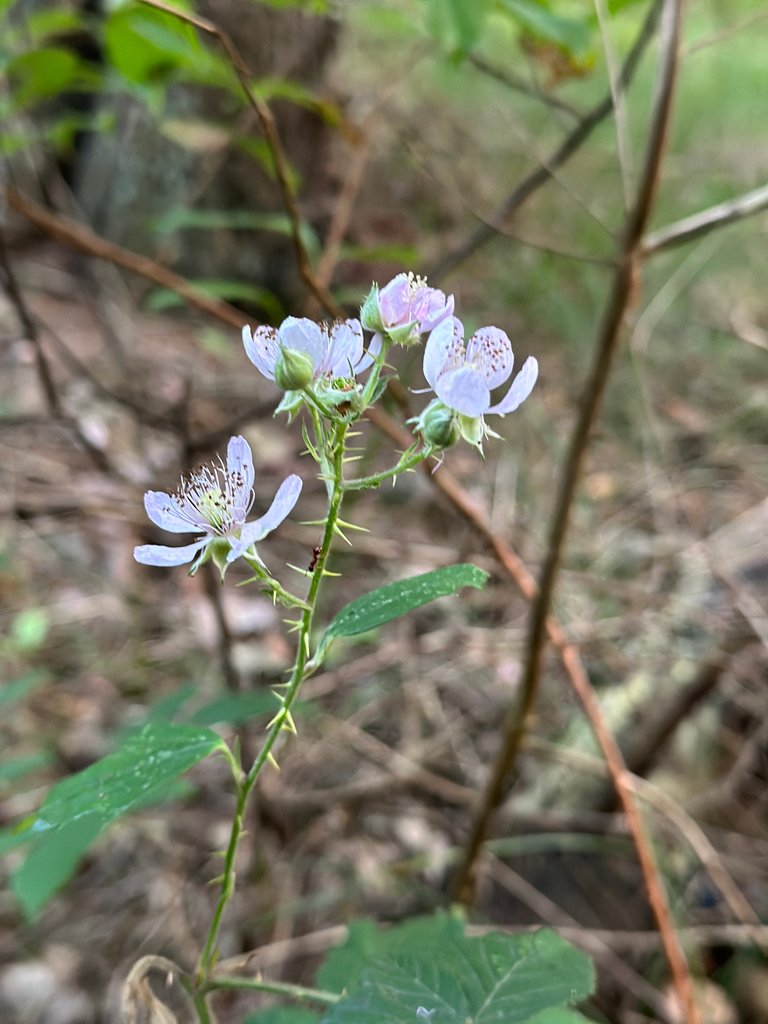
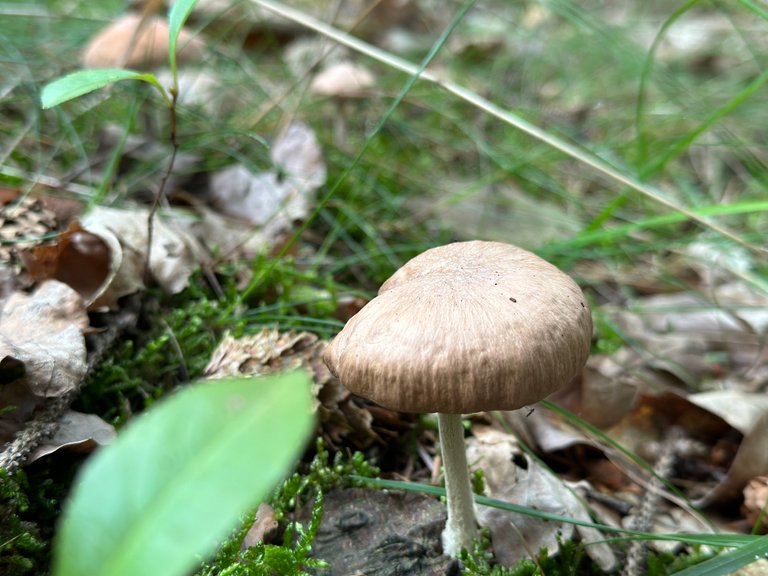

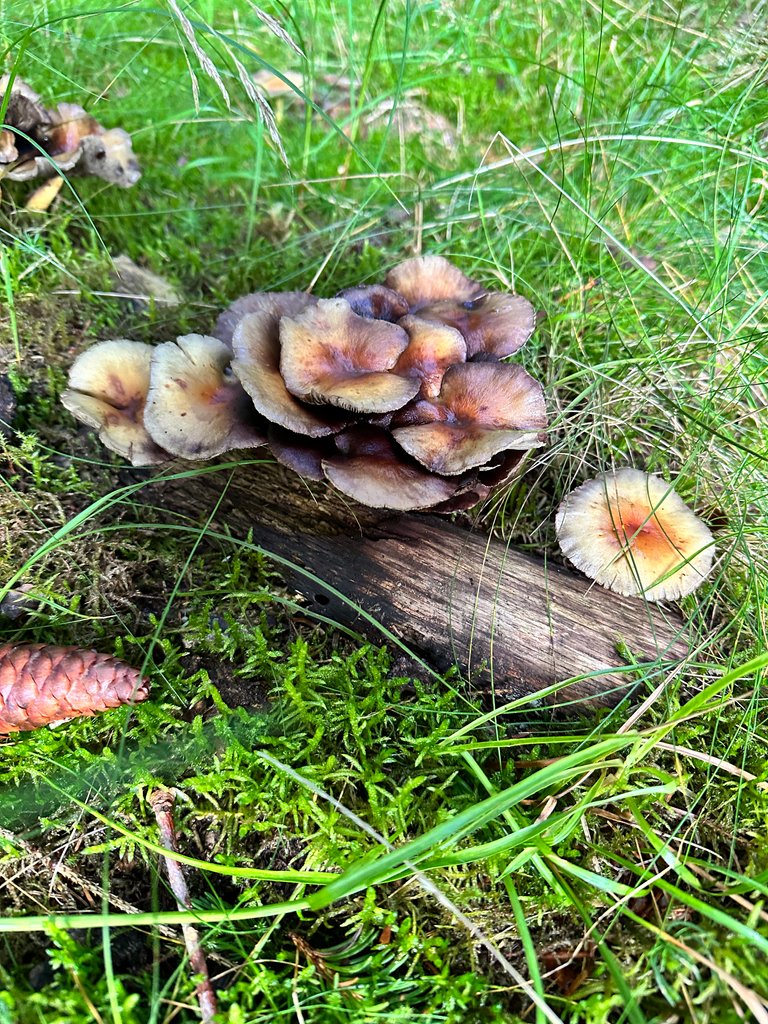
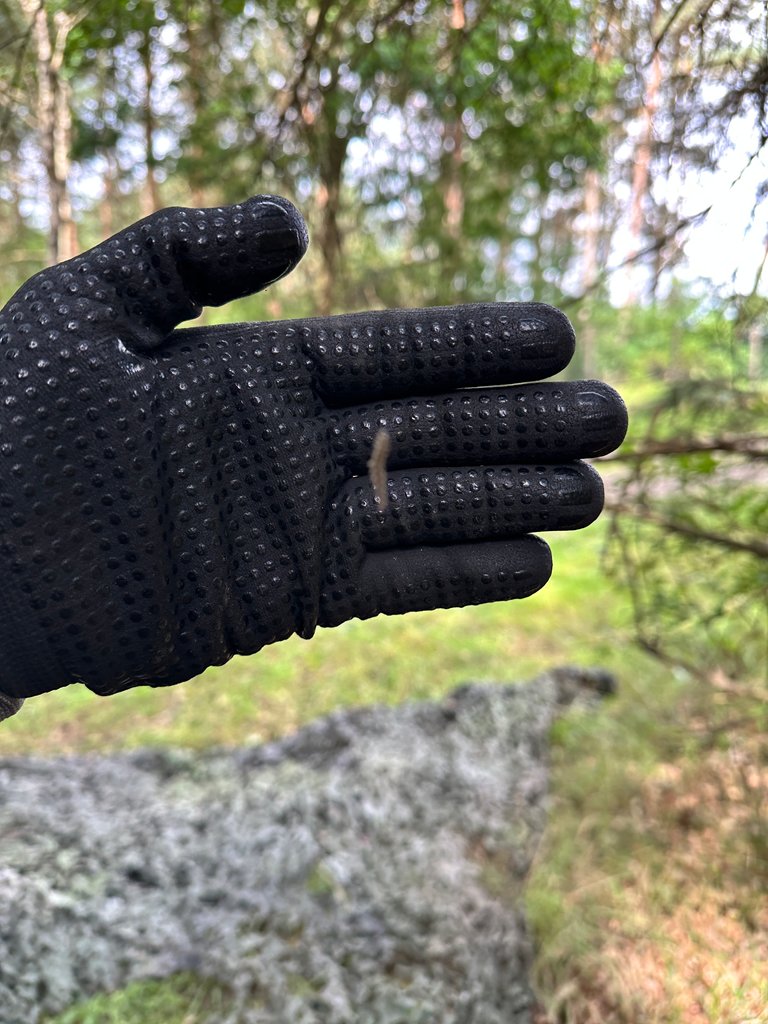
#englisch
In a forest, there is a variety of plants and mushrooms that can be discovered. Forests are an amazing ecosystem where many different flowering and green plants (and animals) are native. Trees in the forest are used as timber for houses and furniture or as firewood, but there are also many other plants and mushrooms that can be discovered.
The forest floor forms the ground floor. Lichens, mosses, and fungi grow here, especially. Mushrooms that can be found in the forest include the fly agaric (Amanita muscaria), the death cap (Amanita phalloides), the bay bolete (Boletus badius), the chanterelle (Cantharellus cibarius), the penny bun (Boletus edulis), and the horse mushroom (Agaricus silvaticus). However, it is important to note that only mushrooms that one knows well should be collected, as many edible varieties have an inedible or even poisonous counterpart.
The herb layer of the forest forms the first floor with numerous plant species. Here you can find herbs, grasses, ferns, and flowering plants. The shrub layer is very species-rich, the second floor, with a height of up to about five meters. The tree layer forms the top floor. Here you can find trees such as oaks, beeches, and firs.
Some plant species that grow in the forest are fairy bells or bishop’s hat (Epimedium) and wild ginger or European wild ginger (Asarum europaeum). However, there are many other plant species to discover in the forest.
